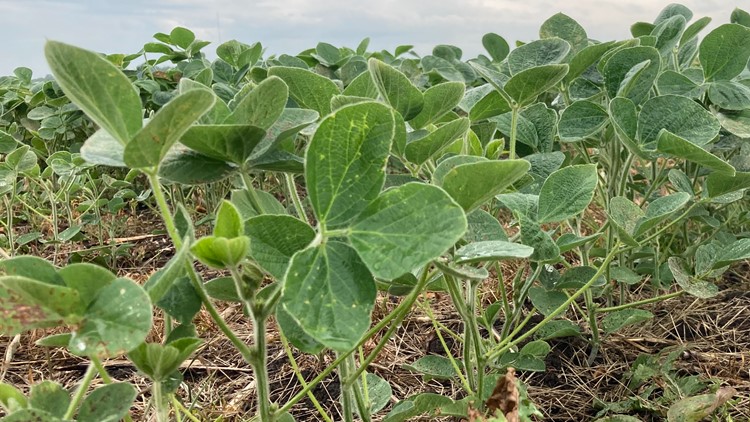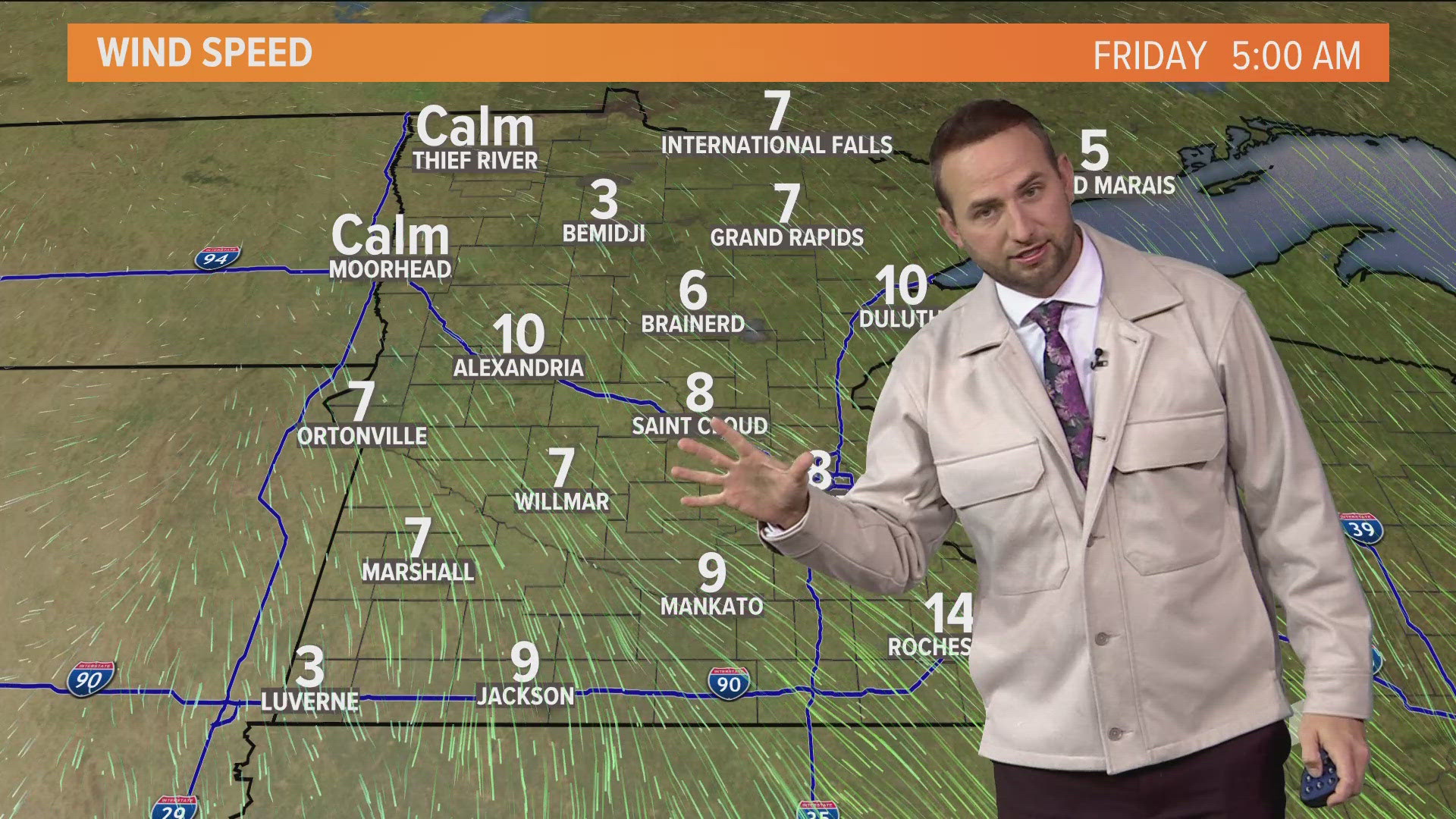MINNESOTA, USA — Ahead of Tuesday's rainfall, Minnesota was about 3.5 inches behind in rainfall, depending on where you look in the state.
Tuesday's rain brought relief to crops and sprinklers, especially after an unusually dry and hot summer.
The Waseca area saw its second warmest June on record, with the warmest dating back to 1933.
The Twin Cities also experienced its second hottest June on record.
In the Morris area, they only experienced an eighth of an inch of rain for the entire month of June.
David Nicolai is an educator in crops at the University of Minnesota and says the conditions are proving troublesome for certain crops around the state especially when it comes to small grain crops.
"In many cases, we've already experienced loss in some of these crops in terms of what grain they are able to produce," Nicolai said. "The corn in some areas where it's been very dry, and if not irrigated, has already suffered."
KARE 11 Meteorologist Laura Betker explains even though the state experienced rain on Tuesday, it doesn't all have the same impact.
"A big downpour that drops an inch of rain - we saw that out near Glencoe this morning, a lot of that rain is going to wash off, it's going to end up in the storm sewers so that has less of an impact of actually soaking into the ground than kind of that slow steady all-day rain," Betker said.
The good news is parts of the state have been experiencing slow, steady rain.
"Where we have seen a little bit of that soaking rain today [Tuesday] has been in central Minnesota, northern Minnesota, a lot of the area that actually had burning restrictions in place over the Fourth of July holiday weekend," Betker said.
Despite some rain on Tuesday, crops will continue to need moisture in the upcoming weeks.
"We need consistent moisture probably at least an inch a week would be nice throughout the balance of the growing season," Nicolai said.
If we don't see more rain, not only can it be bad news for farmers, but consumers may also need to pay.
Nicolai couldn't specifically say how grocery store prices would be impacted if there was a crop shortage in Minnesota but said prices are certainly not going down.



